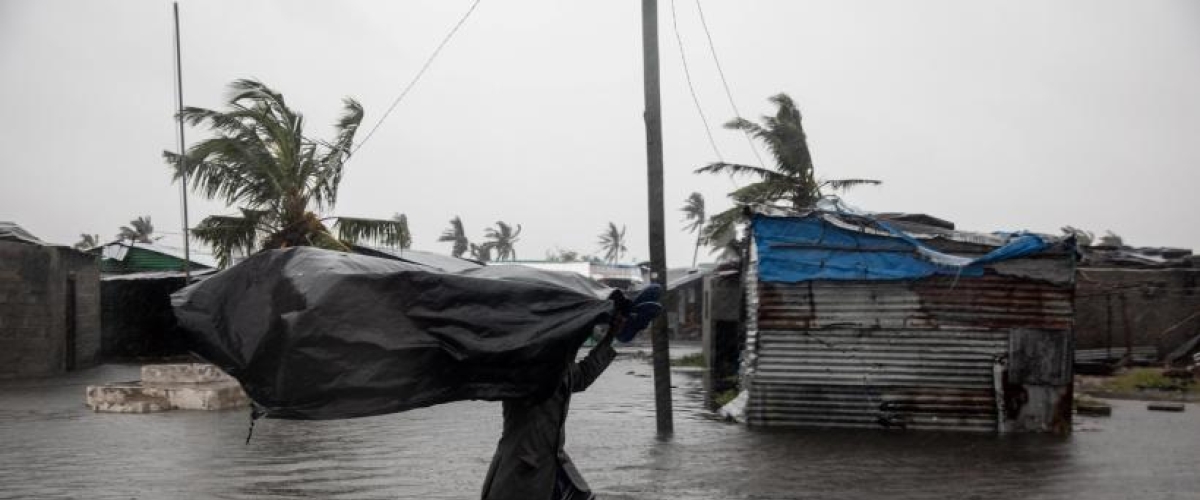
By Henderson Piringu
The latest global climate index has shown that Malawi is among the world’s top 10 nations to be the worst affected by climate change through disruptions to productivity in key economic sectors including agriculture, roads and other infrastructure.
This year’s 16th edition of the Climate Risk Index clearly shows that signs of escalating climate change can no longer be ignored – on any continent or in any region. Impacts from extreme-weather events hit the poorest countries hardest as these are particularly vulnerable to the damaging effects of a hazard, have a lower coping capacity and may needs more time to rebuild and recover.
It has been observed that, these impacts from extreme weather events such as cyclones and flooding have exerted extra economic pressures on local economies as already strained governments and development partners have to quickly provide for emergency funding requirements to rebuild destroyed infrastructure and respond to the immediate needs of affected citizens.
According to the index released in January 2021, People all over the world are facing the reality of climate change, but developing countries suffers most from extreme weather events.
Five African countries: Mozambique, Zimbabwe, Malawi, South Sudan, and Niger, are among the world’s top 10 nations to be the worst affected by climate change.
The Global climate Index reads, “in many parts of the world, this is manifesting in an increased volatility of extreme weather events. Between 2000 and 2019, over 475 000 people lost their lives worldwide and losses of US$ 2.56 trillion were incurred as a direct result of more than 11 000 extreme weather events”.
The UNEP Adaptation Gap Report 2016 articulates, increasing impacts will result in increases in global adaptation costs: By 2030 it is estimated that these costs will amount to between US$ 140 billion and US$ 300 billion annually and by 2050 to between US$ 280 billion and US$ 500 billion. Costs resulting from residual risks or unavoidable loss and damage are not covered in these numbers.
The global climate index further clarifies that, current estimates of climate finance need for residual loss and damage in developing countries range between US$ 290 billion to US$ 580 billion in 2030.
Similarly, the Intergovernmental Panel on Climate Change (IPCC) estimates in its Special Report “Global Warming of 1.5°C” that the "mean net present value of the costs of damage from warming in 2100 for 1.5°C and 2°C (including costs associated with climate change induced market and non-market impacts, impacts due to sea level rise, and impacts associated with large scale discontinuities are US$ 54 trillion and US$ 69 trillion, respectively, relative to 1961–1990".
This indicates that the gap between the necessary financing to deal with climate-induced risks and impacts is even greater than earlier projected. On the other hand, the report highlights the importance of enhanced mitigation action towards limiting a global temperature increases to well below 2°C or even to 1.5°C, which could avoid substantive costs and hardships.
The author is part of the CCARDESA Media Engagement Correspondent based in Harare, Zimbabwe






